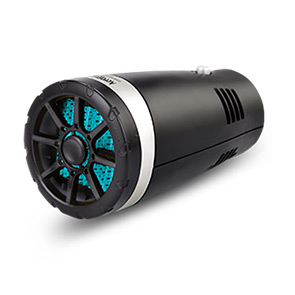weed eater lawn mower throttle cable
Understanding the Throttle Cable of a Weed Eater Lawn Mower
When it comes to maintaining a pristine lawn, many homeowners turn to weed eaters and lawn mowers as essential tools. Among these devices, the throttle cable plays a critical role in ensuring that they operate effectively and efficiently. In this article, we will delve into the function of the throttle cable in a Weed Eater lawn mower, how it works, common issues, and maintenance tips.
What is a Throttle Cable?
The throttle cable in a Weed Eater lawn mower is a thin wire that connects the operator's throttle control to the engine's carburetor. Its primary function is to regulate the flow of air and fuel into the engine, which in turn controls the engine's RPM (revolutions per minute). By pulling the throttle control, the operator can adjust the mower’s speed, enabling efficient cutting of grass and weeds.
How Does It Work?
When you start your lawn mower and engage the throttle control, the throttle cable transmits your commands to the carburetor. The cable pulls on a lever, which opens the throttle valve within the carburetor. This opening allows more air and fuel to enter the engine, increasing the RPMs. Conversely, when you release the throttle, the cable retracts, allowing the throttle valve to close partially, which decreases the engine's speed. This ability to control speed is crucial for various mowing conditions; for instance, slower speeds may be necessary for navigating around flower beds or trees, while faster speeds can be used for open areas.
Identifying Common Issues
Despite its essential function, the throttle cable can experience several issues over time. Here are a few common problems that users might encounter
1. Cable Fraying or Breaking Constant use and exposure to the elements can lead to wear and tear. A frayed or broken cable will not pull properly, making it difficult to control the engine speed effectively.
2. Cable Binds or Sticks Dirt, debris, or rust can cause the throttle cable to bind, preventing smooth operation. This can lead to inconsistent engine performance, where the mower may suddenly surge or lose power.
weed eater lawn mower throttle cable

3. Improper Adjustment If the throttle cable is not correctly adjusted, it can cause either a lack of power or excessive speed. This situation can make mowing less efficient and may even pose safety risks.
4. Connection Issues If the cable has loosened from its connection points, it may hinder response time. This issue can arise from vibration during operation, necessitating periodic checks to ensure everything is securely in place.
Maintenance Tips
To keep your Weed Eater lawn mower running smoothly, regular maintenance of the throttle cable is essential. Here are some tips to help you care for it
- Inspect Regularly At the start of each mowing season, check the throttle cable for any signs of wear or damage. Look for fraying, rust, or any foreign substances that could impede its movement.
- Clean the Cable If you notice that the cable is sticky or binding, clean it with a solvent and lubricate it with a light machine oil. This can help ensure smooth operation.
- Adjust Properly Refer to the owner’s manual for guidance on how to properly adjust the throttle cable. This ensures that your mower responds correctly to your throttle inputs.
- Replace When Necessary If the cable shows significant wear or damage, it is best to replace it entirely. High-quality replacement cables are readily available, and installing a new cable can restore optimal performance to your mower.
Conclusion
The throttle cable is a small yet vital component of your Weed Eater lawn mower. Understanding its function and how to maintain it can lead to more efficient lawn care and prolong the life of your equipment. Regular inspections, cleanings, and timely replacements are key to enjoying a trouble-free mowing experience. By caring for the throttle cable, you can ensure that your lawn mower continues to operate at its best, helping you keep your outdoor space looking immaculate year-round.
-
Upgrade Your Control with Premium Throttle CablesNewsAug.08,2025
-
Stay in Control with Premium Hand Brake CablesNewsAug.08,2025
-
Experience Unmatched Performance with Our Clutch HosesNewsAug.08,2025
-
Ensure Safety and Reliability with Premium Handbrake CablesNewsAug.08,2025
-
Enhance Your Vehicle with High-Performance Clutch LinesNewsAug.08,2025
-
Elevate Your Ride with Premium Gear CablesNewsAug.08,2025
